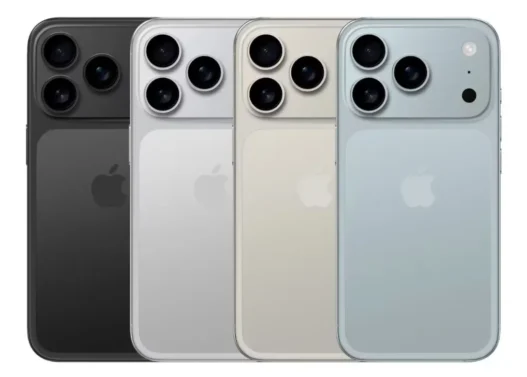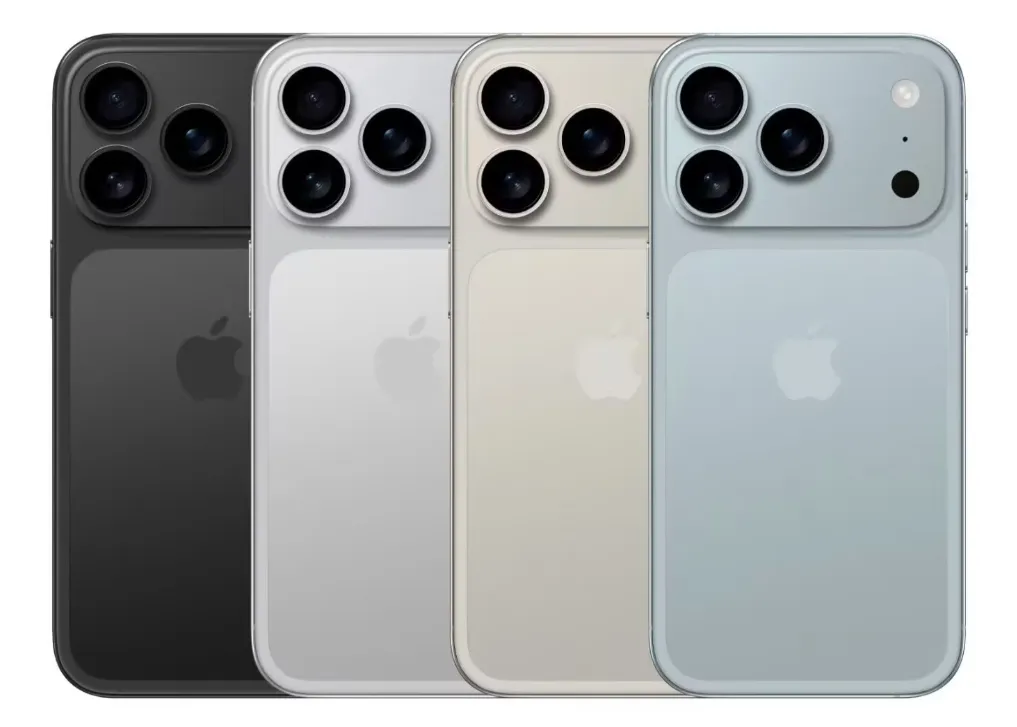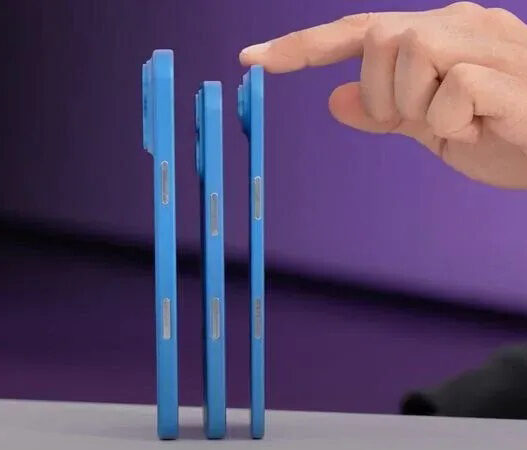Apple is finally addressing one of the iPhone’s biggest issues—overheating. The upcoming iPhone 17 Pro and iPhone 17 Pro Max are set to debut with a game-changing thermal solution: a vapor chamber cooling system.
This will be the first time Apple brings this advanced heat management technology to an iPhone.
Why iPhones Need Better Cooling
For years, iPhones relied on graphite heat spreaders. While effective for everyday tasks, they often failed during demanding workloads like mobile gaming, 4K video rendering, or AI-based tasks.
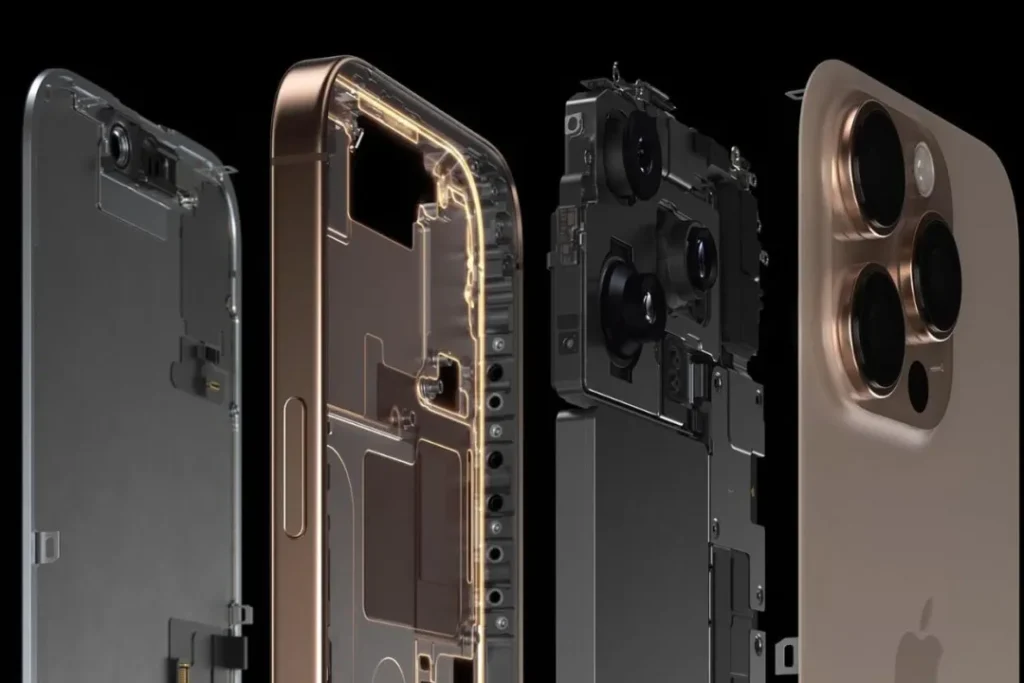
The increasing reliance on on-device AI models combined with the power of the upcoming A19 Pro chip makes efficient heat dissipation more critical than ever. Poor cooling leads to performance throttling, battery degradation, and a compromised user experience.
Leak Reveals Major Cooling Upgrade
Tech tipster Majin Bu leaked a photo allegedly showing the vapor chamber intended for the iPhone 17 Pro. The image reveals a sophisticated copper plate featuring precision-engineered micro-channel patterns.
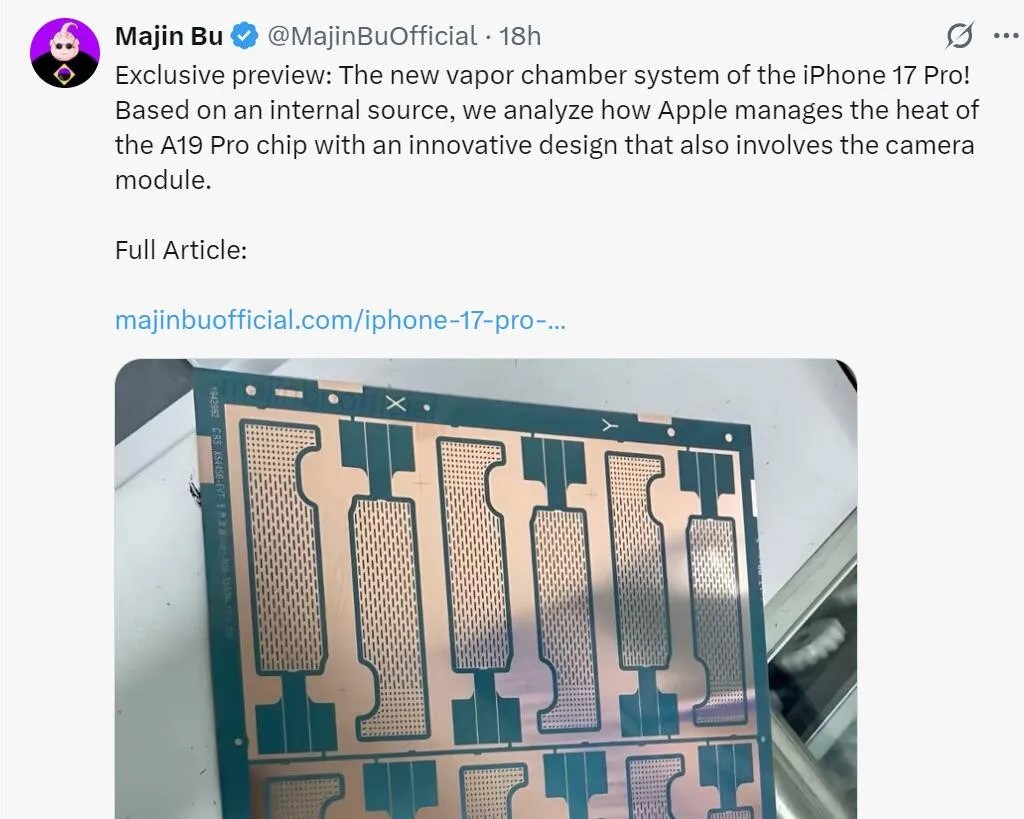
These channels are designed to spread heat rapidly across a broad area, suggesting a significant upgrade over previous designs.
How Vapor Chambers Work
Unlike traditional graphite sheets, vapor chambers rely on phase-change cooling:
- Internal liquid evaporates when heated.
- The vapor travels to cooler areas, spreading the heat.
- It condenses back into liquid, which returns via capillary action.
This closed-loop system results in highly efficient heat redistribution.
How It Compares to Android Flagships
High-end Android phones, including the Samsung Galaxy S25 Ultra, have used vapor chambers for years. This tech enables sustained performance during demanding tasks.
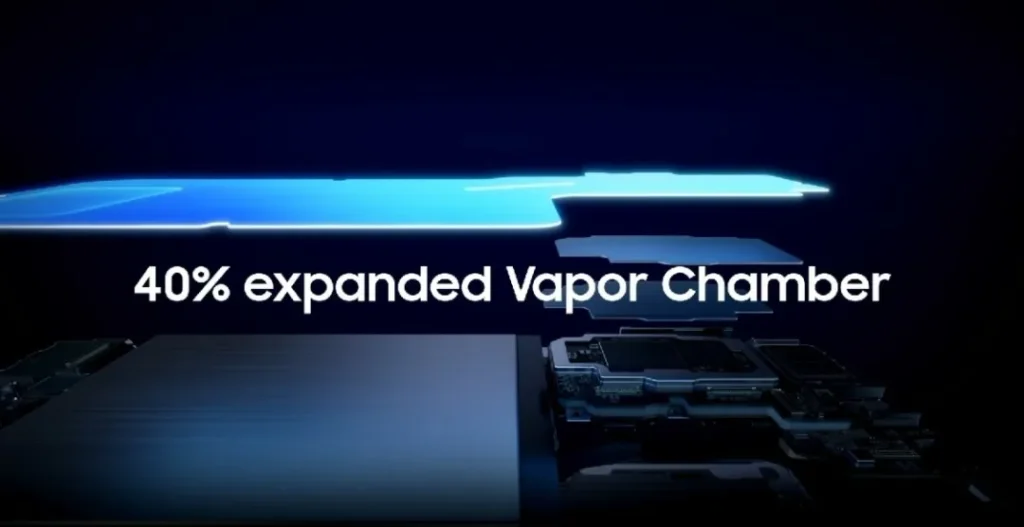
iPhones, by contrast, stuck with graphite sheets. This put them at a disadvantage when handling intensive workloads. Apple’s move to vapor chamber cooling finally levels the playing field.
Built for AI and Heavy Loads
The upcoming A19 Pro chip is designed for heavy computational tasks, including generative AI, real-time graphics, and multitasking.
This chip generates more heat than any previous iPhone processor. The vapor chamber ensures the device can handle it without overheating or throttling performance.
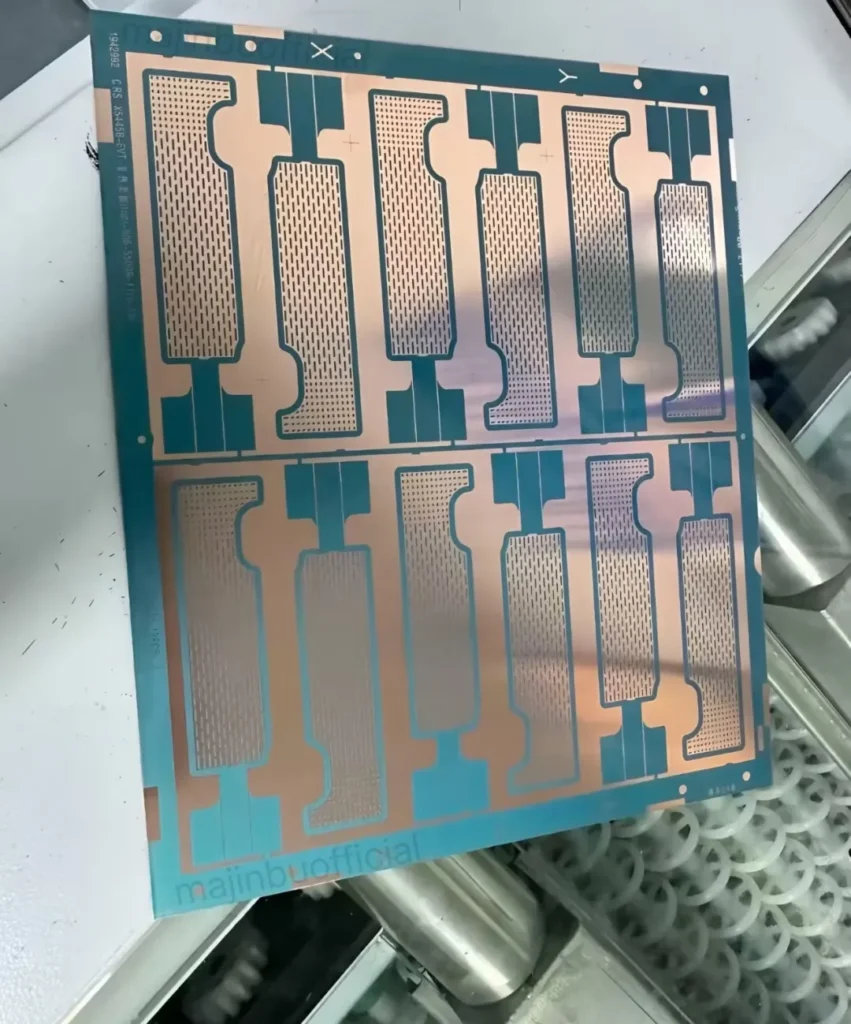
Lighter Materials Support the Design
To accommodate the larger cooling system, Apple may shift from titanium to lighter aluminum alloys for the frame. This reduces weight and improves thermal efficiency.
This change would not only support the new cooling solution but also enhance the device’s ergonomics.
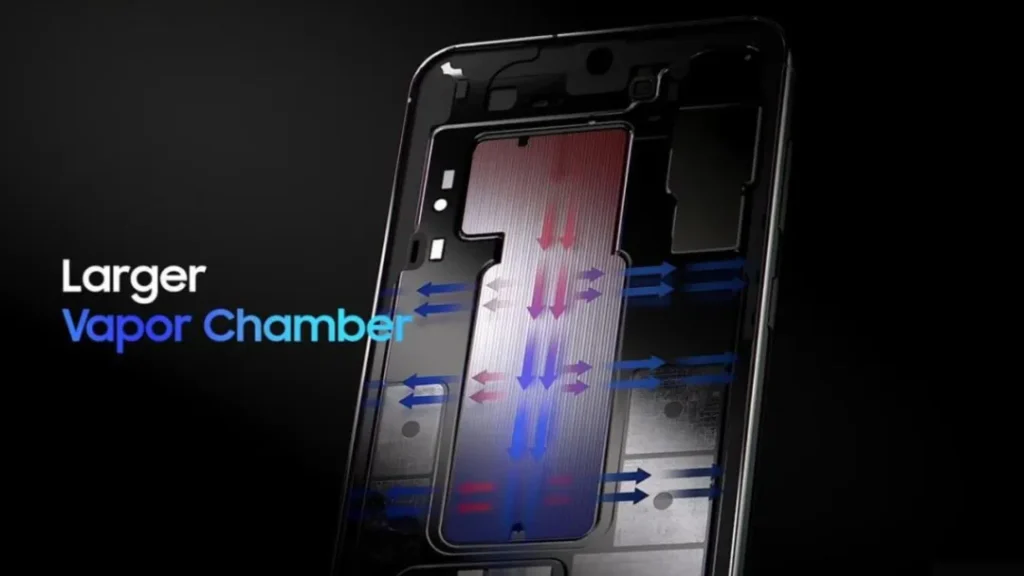
The First iPhone With Vapor Chamber Cooling
If the leaks prove accurate, the iPhone 17 Pro series will be the first iPhone equipped with vapor chamber technology. This aligns Apple with competitors who adopted advanced cooling years ago.
The shift signals Apple’s recognition of the rising demand for on-device AI, high-performance gaming, and creative workloads.
Final Thoughts
Apple’s transition to vapor chamber cooling isn’t just a minor hardware tweak. It’s a vital step toward meeting the growing demands of AI, gaming, and intensive apps.
The iPhone 17 Pro could very well be the coolest—both figuratively and literally—iPhone ever made.







